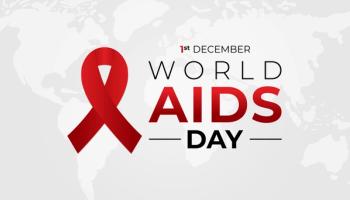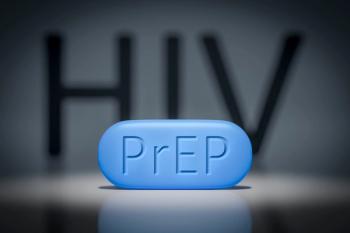
Telehealth Offers Way to Deliver PrEP to HIV Patients
Telehealth can help deliver PrEP to patients.
Telehealth may be leveraged to help deliver a pre-exposure prophylaxis (PrEP) program for adolescents and young adults.
In November 2020, Stanford Children’s Hospital launch such a program to provide accessible and comprehensive HIV-prevention services, including PrEP, from a team of providers for adolescents and young adults 25 years old and younger across California. Those enrolled in the program are connected with a pediatric and adolescent care provider trained to provide sexual health counseling, labs, and adherence support for PrEP, a daily pill that aims to reduce the risk of contracting HIV by more than 99%.
“The remote nature of the Virtual PrEP Program eliminates the need for patients to travel to a care facility, making ongoing care convenient and efficient, which is especially important during the COVID-19 pandemic,” Geoff Hart-Cooper, M.D., founder and medical director of the Virtual PrEP Program, said in a
Further, the Stanford Medicine Virtual PrEP Program offers provider-training webinars to educate pediatricians throughout California about prescribing and monitoring PrEP.
“Some providers, particularly pediatricians, may not be aware of or trained to provide HIV-prevention tools, such as PrEP, or may not have experience discussing sexual health with young patients, which can make it difficult for youth to disclose sexual behavior, or lead to concerns about confidentiality,” Megen Vo, M.D., associate medical director of the Virtual PrEP Program, said. “By connecting patients with providers specifically dedicated to administering PrEP support, the Virtual PrEP Program is mitigating these existing barriers to treatment, and the remote nature of the program enables us to accept youth referrals from physicians all over the state of California.”
Previous research has shown the benefits of telehealth services for PrEP delivery. In fact, in
In a time when face-to-face visits have decreased in favor of virtual ones, PrEP delivery may also leverage technology to benefit patients and providers alike.
Newsletter
Get the latest industry news, event updates, and more from Managed healthcare Executive.





















































